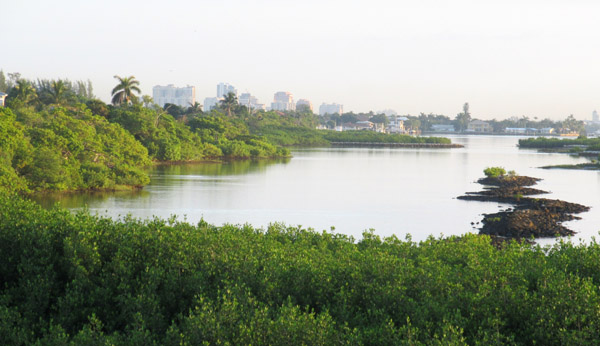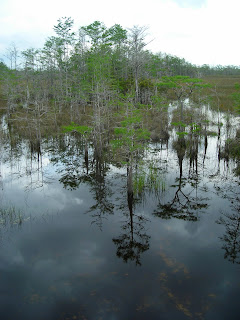Keyhole Garden In - Lawn Out

"I didn't want grass anymore, and I didn't want a yard that looked just like everybody else's," says Diane Neill, explaining how she came to be the proud owner of this beautiful garden. "I was interested in conserving water, tired of mowing and feeding the turfgrass, and wanted to get more enjoyment out of my outside space." Keyhole garden shortly after installation Diane knew nothing about native plants, or even about garden design; but serendipitously, her son, Brandon, who just graduated with a major in Sustainable Living, came home last spring from Iowa with lots of ideas and some awe-inspiring garden design books. He had been learning about using planting beds, and suggested those as good alternative. Diane was intrigued with the pictures, and excited about combining flowers with edibles and herbs, but had some reservations: what would the neighbors think? Would the HOA allow it? She definitely wanted something that looked attractive and woul...






